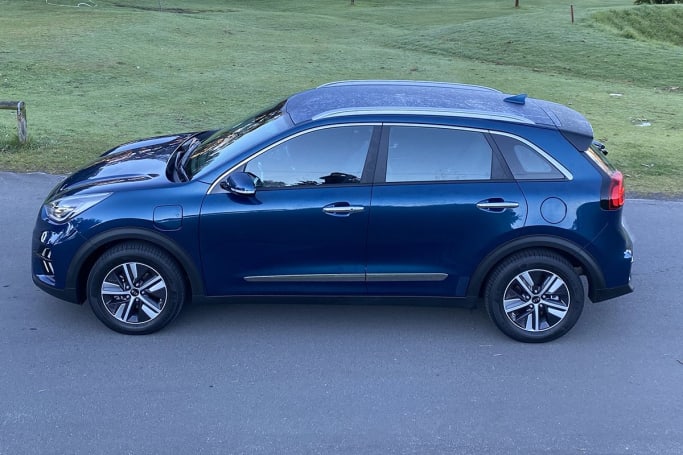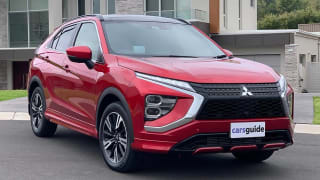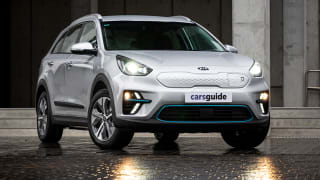Our Kia Niro PHEV Sport sits atop a two-strong plug-in range, and it will set you back a hefty $50,490 (MSRP) in NSW. The lesser S trim, by the way, is $46,590 (MSRP).
And yes, that is quite a lot of money. You can jump into a much bigger Mitsubishi Outlander PHEV for $47,990 (MSRP), for example, while the MG HS PHEV starts at $47,990 drive-away, and the Mitsubishi Eclipse Cross PHEV starts at $49,990.

If you want a Kia Niro PHEV on the road in NSW, then you're staring down the barrel of $49,990 for the S, and $53,990 for the Sport.
And that's a sizeable investment for a small SUV, no matter what magic is hiding under its bonnet. So what do you get?
The Kia Niro S models get LED DRLs, LED rear lighting, halogen automatic headlights, auto wipers and roof rails outside, while in the cabin you'll find a leather wrapped wheel, part-leather/part-cloth seat materials and dual zone air-conditioning.

The tech offering includes an 8.0-inch touchscreen with wireless Apple CarPlay and wireless/wired Android Auto. It pairs with a six-speaker stereo, that also gets digital radio. There's a second 4.2-inch screen in the driver's binnacle, as well as two USB ports for all your charging needs.
Step up to our Sport and you get the same-size alloys and general exterior look, but you do get LED front lights. In the cabin, you'll welcome a bigger 10.25-inch touchscreen which now gets NAV, as well as faux-leather seats, paddle shifters for the steering wheel and alloy pedals.
















